As someone who grew up throughout the 90's and 00's, some of my fondest memories stem from progressive advancements in internet and computing technologies. Upgrading from Dial-Up internet to DSL was a grand event in our house. I remember my brother and I fighting over the computer day in and day out to play games like Wolfenstein - Enemy Territory, which was released in 2003. (I'm convinced that this will be the all-time best FPS game ever created.) At around the same time, we upgraded to one of the best Dell computer's available at the time. It had 512MB of RAM and a Pentium 4 processor. This was a major upgrade from our Compaq Celeron, which had something like 64MB of RAM.
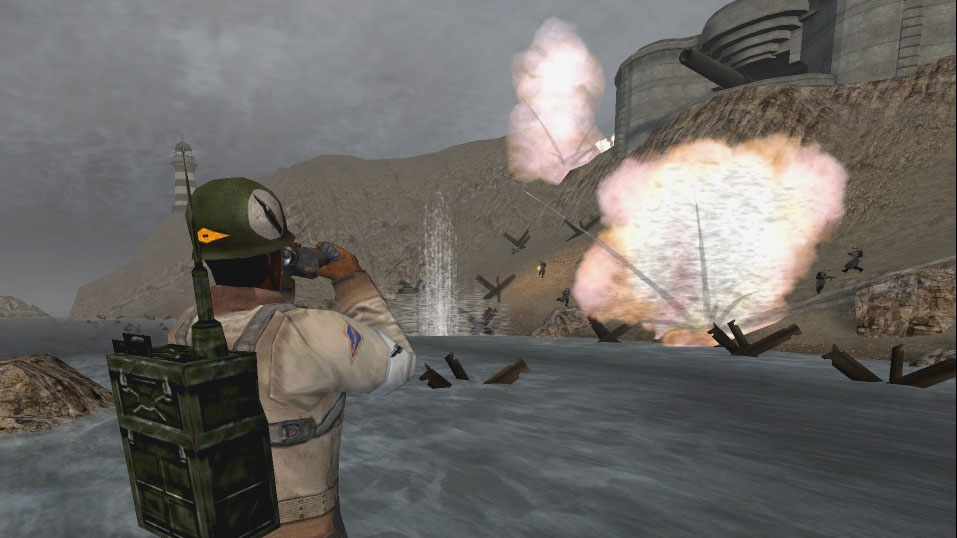
Eventually, the grandeur of DSL faded as the rest of the world began to adopt Cable and Fiber internet. It wasn't until I briefly moved to Philadelphia that I was finally able to experienced what I had been missing out on. In college I lived in a neighborhood that was one of Verizon's first Fios builds. I was absolutely blown away by the 25 Mbps connection. This was in 2009. I'm amazed that over a decade later, in 2020, some households still don't have access to cable or fiber internet yet.
Like many of our customers do now, I could never figure out why it was so difficult to get us fiber service. The cable is cheap, just throw it up on a pole and give me internet! Right? Well, not so fast...

A quick overview of how utility services are run and the challenges involved...
As most people know, there are primarily two ways to deliver utility services to a home or business. Aerial and underground. Water, gas, and sewer are always serviced underground for obvious reasons. Electric, telephone, cable, and fiber have the ability to either be above or below ground.
Aerial.
As with anything else, aerial has pro's and con's.
The pro's are primarily upfront costs (this is debatable) and speed of deployment (this is also debatable).
The con's are that contrary to it being cheaper to physically deploy, the pole owners generally charge up-front make ready fee's. These fees can range from $0 to upwards of $50,000/mile. It's essentially pay to play. If we want to attach to 50 poles, the pole owner might determine that 10 of those poles are old and need to be replaced before we can attach to them. Rather than fork up the cash themselves, they'll force us to pay to replace their poles in order to approve the attachment.
In addition to that, there are the annual pole fee's. Depending on your agreement, we've seen pole fee's ranging anywhere from $7/pole per year all the way up to $43/pole per year with 10% annual increases (I'm looking at you PPL. This ridiculous rate was purely intended to keep us from attaching to their poles, IMO. It's impossible to make money with these rates).

Another con is that even though installing the cable on poles is faster, it usually takes the pole owner around 6 months just to review applications and to determine make ready requirements and costs. As an example, if we have fiber on a pole that's 1 pole short from being able to service your house, it would take at least 6 months just to run fiber to that one additional pole. So close, yet so far.
Underground.
Like aerial, underground has its own list of pro's and con's.
When you install a service underground, you own it for life. There are no annual fee's. You pay one time to install it and you're set for life. This sounds like a pro, but it's also a con. When we run metro conduit, it generally costs us between $15-25/ft (not including customer drops). For the sake of argument, let's assume we're at the high-end of our costs. If we install 1,000ft of conduit, that's $25,000 that we need to pay out of pocket upfront. Some blocks have upwards of 30 customers, but others have as little as 5. Let's average it out at 20 customers per block, that's $1,250 upfront per customer, assuming we get every single customer. Conservatively, we're initially looking at a 50% take rate. This could grow to 100% overtime, but we never make that assumption. So that's $2,500/customer. Imagine spending $2,500 per house/building and then have them tell you that your $69/m service is too expensive. Generally speaking, we won't do a street unless our numbers look better than this, but this is a realistic scenario as we scale and get access to cheaper capital, etc.
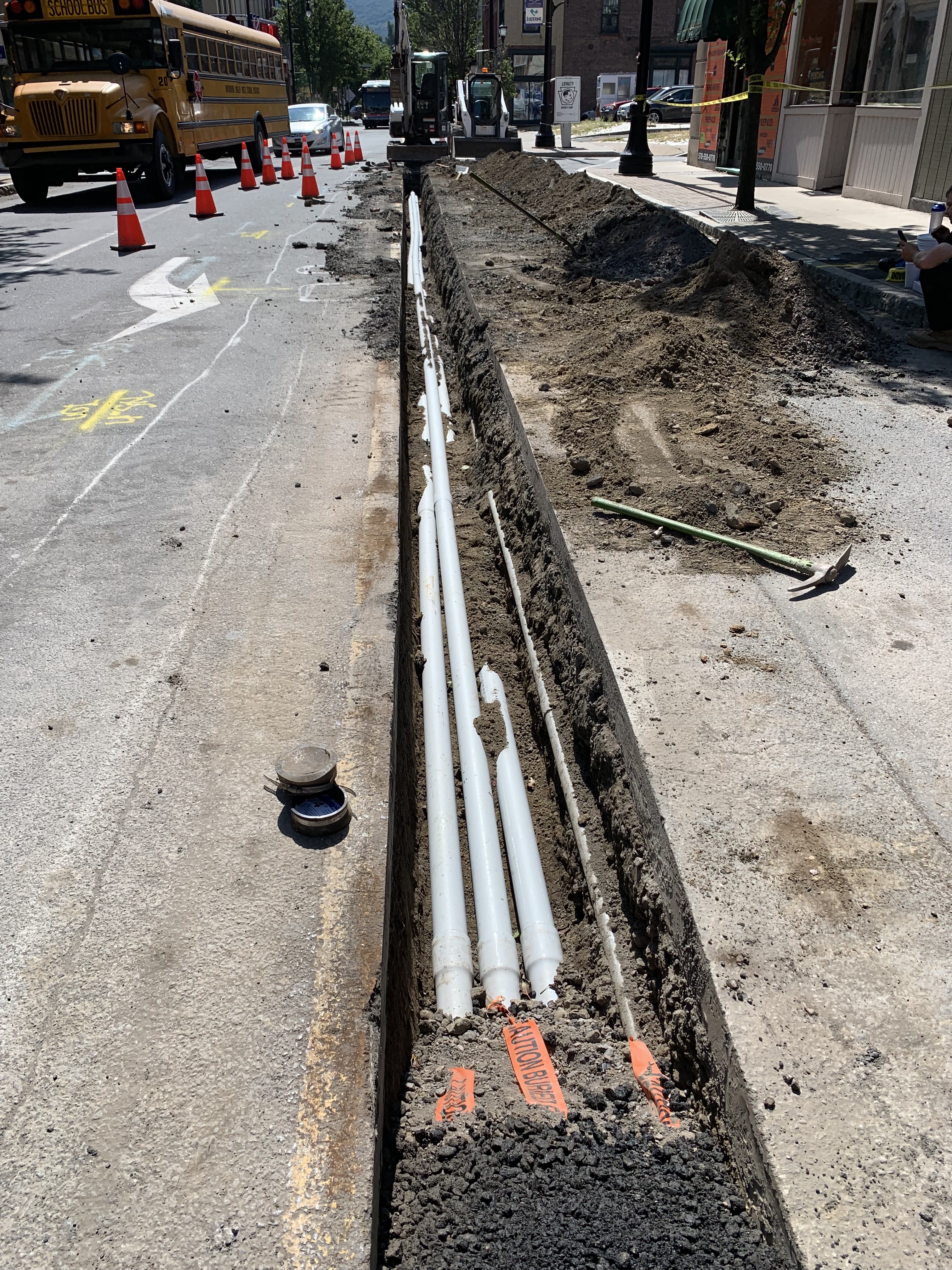
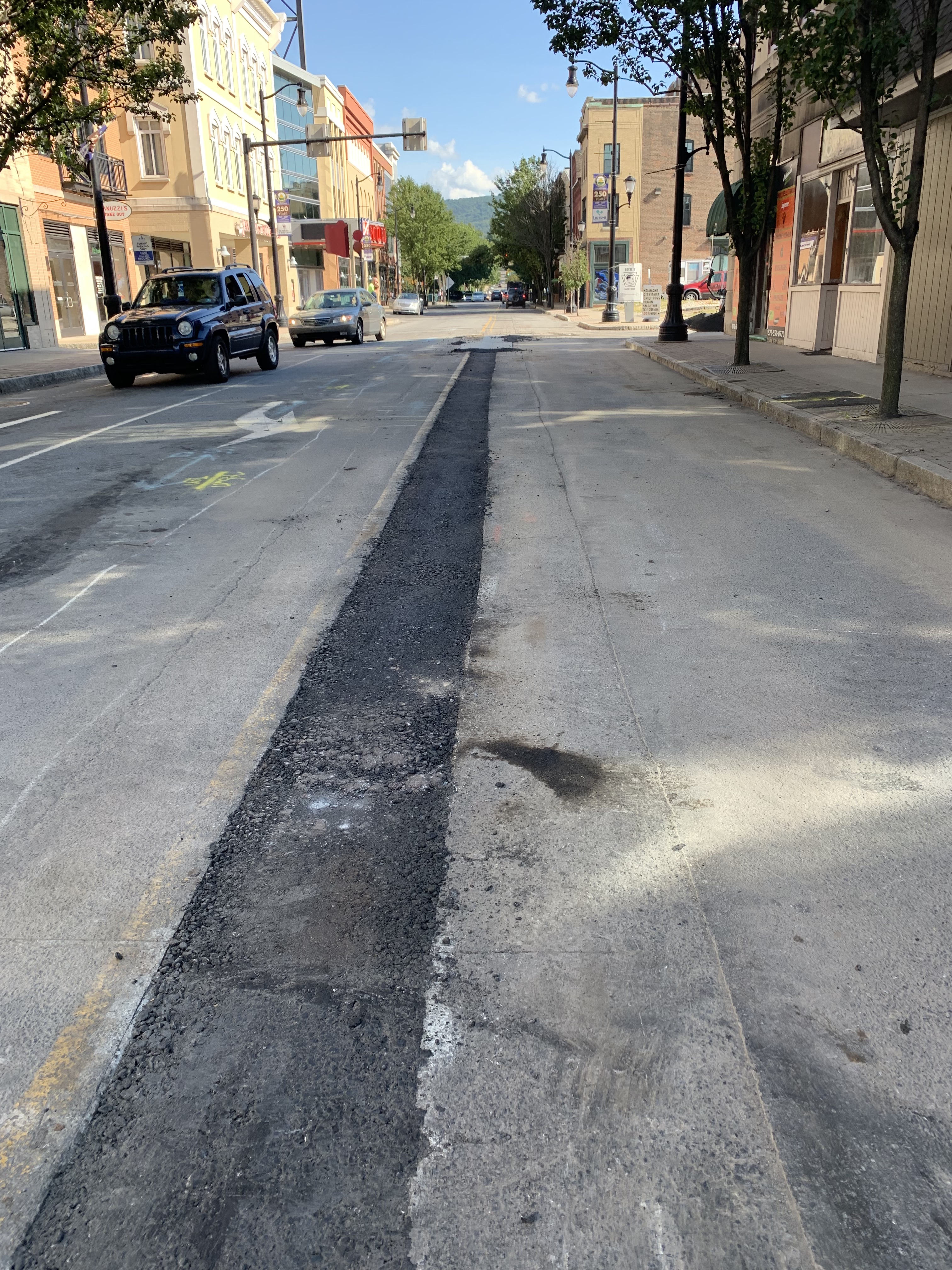
Politics
Cost issues aside, there are a number of other hurdles one needs to get past just to begin the process of building out a network. You'd think that risking everything you have in an effort to bring your local economy into the 21st Century would be a welcome sight. That's what I thought too; was I wrong. While there are plenty of supporters (I truly appreciate you all), there are just as many, if not more, critics.
We've been fortunate enough to have had a handful of people get behind us overtime and give us a shot. I'm sure others haven't had it so easy. I know this because even after we've become an established player in our city throughout the past 4 years, neighboring townships and municipalities haven't been as opened armed to welcome us into their communities as I had anticipated or would have liked.
I'll go into more detail on small government policies that really hamper our ability to deploy underground later below.
Too Many Opinions
I'm generally a big fan of individual citizens trying to make an impact in their communities. However, in too many cases these contributions seem to be made in the form of unproductive complaints rather than productive feedback or action. Far too many people have a say in things that they probably shouldn't.
Case A.
A new customer had recently signed an agreement with us to run fiber into their building. This is a non-profit who's members are selflessly donating their time to restore a landmark in the community. Upon receiving their signature, I notified the city that we would be pulling a permit to connect the building in question to our underground network. They said okay; that was that. Our nearest existing hand hole is approximately 90ft to the right of the new customer's property; in front of another property. As a courtesy, I notified the manager of that establishment to let her know that we would be performing work over the weekend, from Friday into Saturday. They're closed Saturday and Sunday so I had assumed they would appreciate the notice and possibly even sign up with us. The project would involve removing 90ft of sidewalk, running conduit, and then restoring the sidewalk with brand spankin' new concrete. The total timespan that this would occur, from when our shovel hit the ground to having new sidewalks in place, would be 48 hrs. The response that I received from a member of their organization made me facepalm.

Not long after receiving this email, I became aware that they didn't even own the building in question, nevermind the sidewalk. They lease it. This was eventually "resolved" after a series of negotiations between the non-profit's president and the establishment in question. Often times we aren't as lucky.
We initially planned to have this new customer installed within a week of them signing the contract. Now it will end up being around 2 months from start to finish. Long story short, I learned my lesson in trying to be courteous.
Case B.
Last year we were installing conduit for our fiber optic network. There were countless instances where people would literally stop their cars, roll down their windows, and yell profanities at us. In what world is that acceptable behavior for an adult? I can't imagine being so far off my rocker that I would feel the need to yell at a bunch of construction workers trying to build a fiber optic network (not that they had any idea what we were doing). If these are the types of people influencing decisions, there's something wrong.
City workers have a tough job fielding complaints from people like this and I commend them for it. It shouldn't affect policy though.
Case C.
In another incident that took place not long, maybe a day or two, after Case B above. A local store owner came back to us as we're swinging pick axes in 95 degree heat telling us we need to hurry up and we should hire more workers. "My customers keep calling saying there's no where to park." Mind you, we're standing right next to a massive parking lot that is approximately 1/3rd full. I made my best attempt to kindly explain that paying 3 guys to stand around a hole to watch one person hand-dig to expose a utility isn't going to make our work go any faster. I don't think he liked my response.
The Consequences
In many cases, resident complaints are justified. Utility providers need to be held accountable for shitty restoration work. However, the way in which bad restoration work is being combated is counter productive. There has been a huge increase in curb-to-curb restoration requirements by local governments. Essentially what these rules state is that anytime a utility cuts asphalt beyond a predetermined length, say 100ft, they are then responsible for replacing the entire road surface from the curb on the left side of the street to the curb on the right side of the street. I believe some municipalities are also trying to introduce these measures to offload the costs of repaving roads themselves, similar to how pole owners force you to replace their aging utility poles under their make-ready requirements. (One municipality told me as much when I attended a local council meeting in an effort to get them to waive this ridiculous ordinance for us.)
These policies will ultimately do more harm than good. For us, these are the one and only thing preventing us from providing superior fiber internet services in these areas. Forcing curb-to-curb asphalt restoration essentially doubles our cost to provide service. Apart from that, policies like these are going to force other utility owners to wait as long as possible before doing any utility repairs. We've already seen one instance locally where the gas company put off repairs to a leaking gas line and was later fined several million dollars. This utility company is/was also involved in a lawsuit with a neighboring city who had recently passed a curb-to-curb policy.
The way this issue should be handled is to hold utilities accountable for bad restoration work. If you fine utilities for potholes, they will then be encouraged to restore their pave cuts properly the first time. This has recently been Wilkes-Barre City's approach and, if enforced properly, is a much more effective balance of encouraging infrastructure upgrades while also appeasing residents.
We've trenched thousands of feet and have restored the asphalt without any potholes or additional repair work. Two examples of such are below.
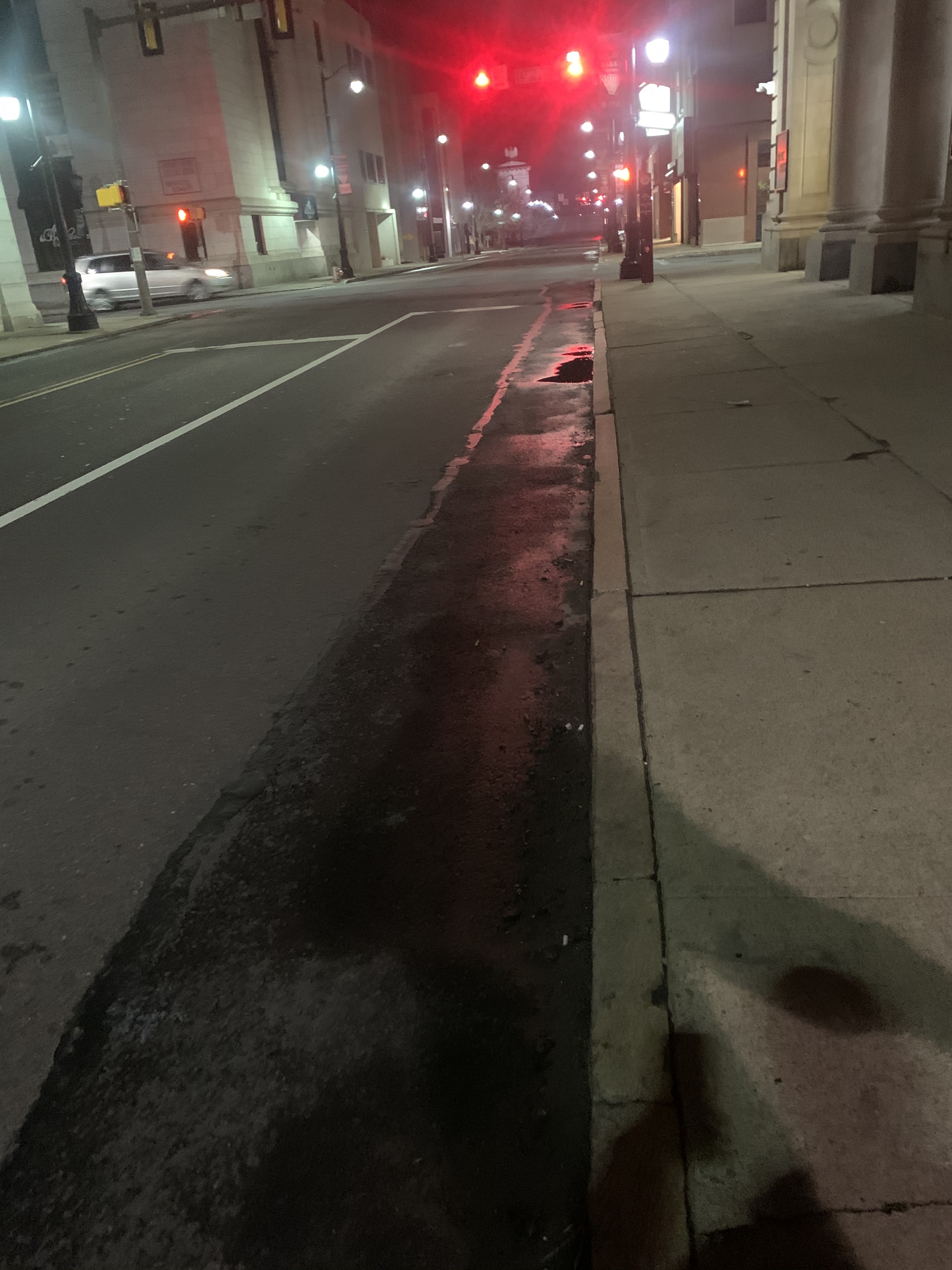
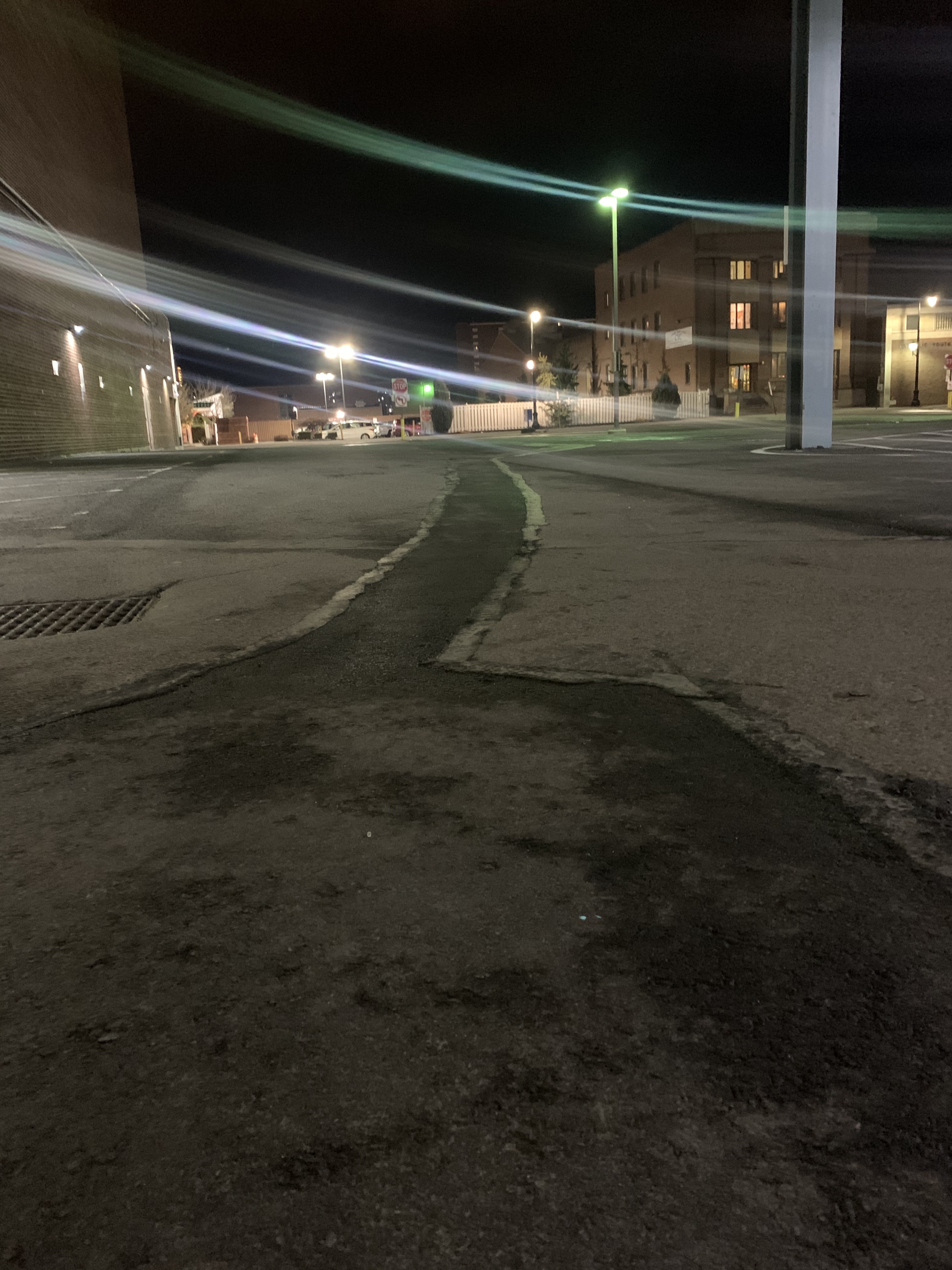
Federal Broadband Funding
This is another tid-bit that I want to throw in before I wrap up this post. Recently, the FCC and USDA, among others, have created massive funds in an effort to deploy broadband in underserved areas. This has been an admirable effort. However, if you take a look at where all of that money has traditionally gone, it's mostly all going to ILEC's and a handful of large CLEC's. Most of these programs have dished out funding before small ISP's like ourselves, who don't have the resources to actively seek out programs like these, have even been made aware of their existence.
Those who have received funding are either large wireless ISP's whom have deployed sub-par wireless service (I'm sure it's better service than what was previously available, but broadband usage will outgrow those technologies within a few years.) or are ILEC's who basically squandered away the money with very little to show for it. I recall seeing figures in excess of $5,000/home, which is absolutely batshit insane.
I'm a part of several small online communities of fiber internet providers who deploy fiber networks at small fractions of the cost of what the big guys do. Those are the companies that are deploying in rural areas and who can provide the most bang for the buck in regards to rural access.
Conclusion
I hope I'm wrong, but it seems like many of these policies will never change. I sent a friend this write up shortly after drafting it. His response was this, "the read is so funny, because its the exact struggles we had in allentown trying to lay fiber in the early 2000's.
Literally nothing has changed". Providers faced this same issue 20 years ago. If they were allowed to proceed under more favorable policies, all of those roads would have been repaved 2-3 times over by now and everyone would have fiber internet.
My hope is that at least one policy maker reads this post and can better grasp the challenges that face small ISP's. There's a reason that most communities have only one internet provider. It's not that no one wants to enter your market, it's usually that the policies in place make it near impossible to do so.
(What's funny is a neighboring official was under the impression that the local cable company had exclusivity; I corrected him and informed him that it has been illegal to provide or enforce exclusive franchise agreements since 1996.)


0 Comments